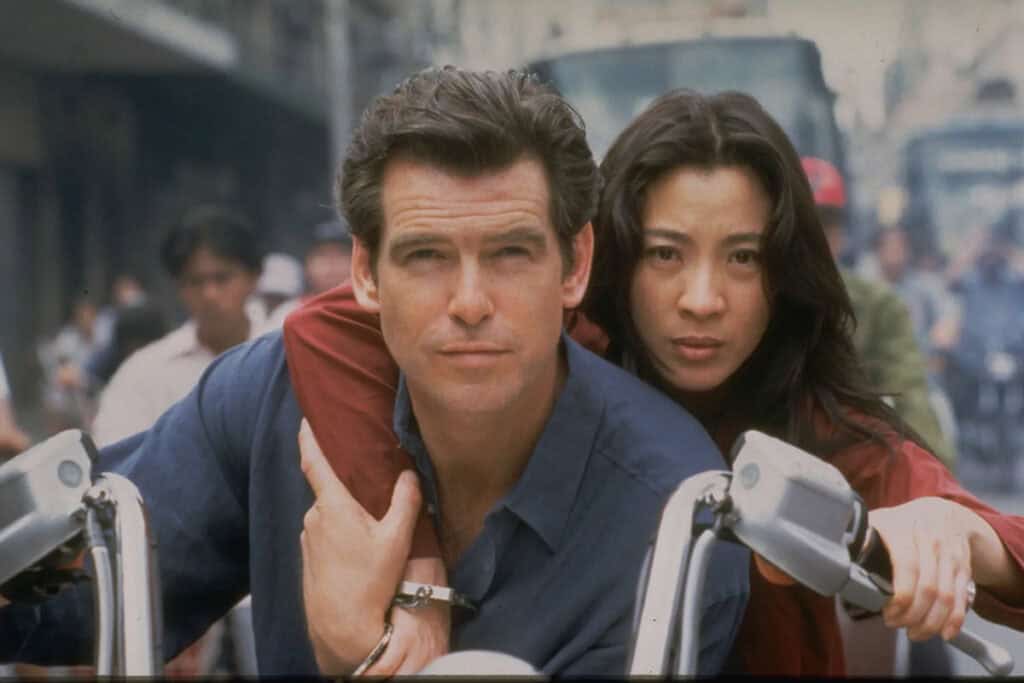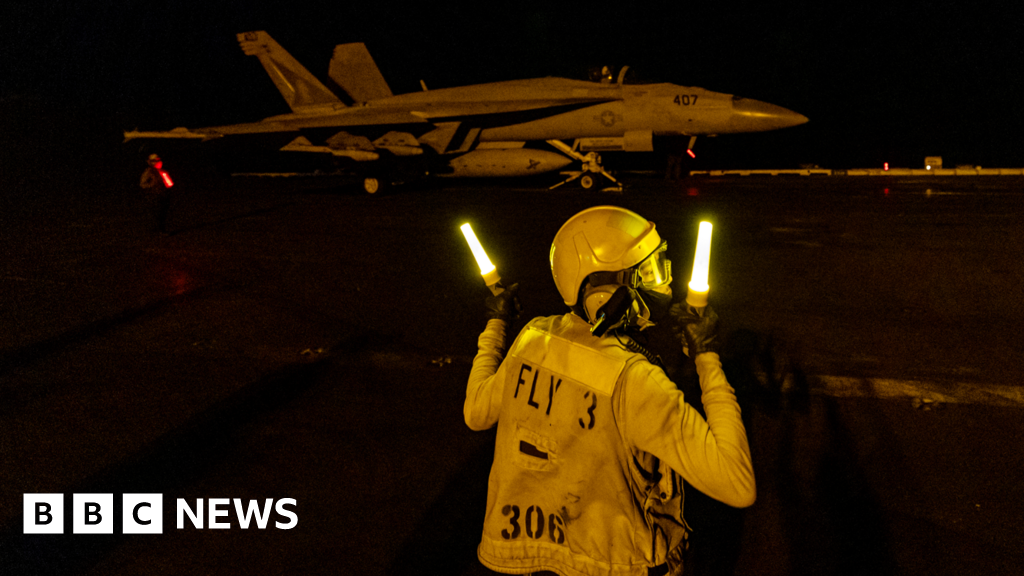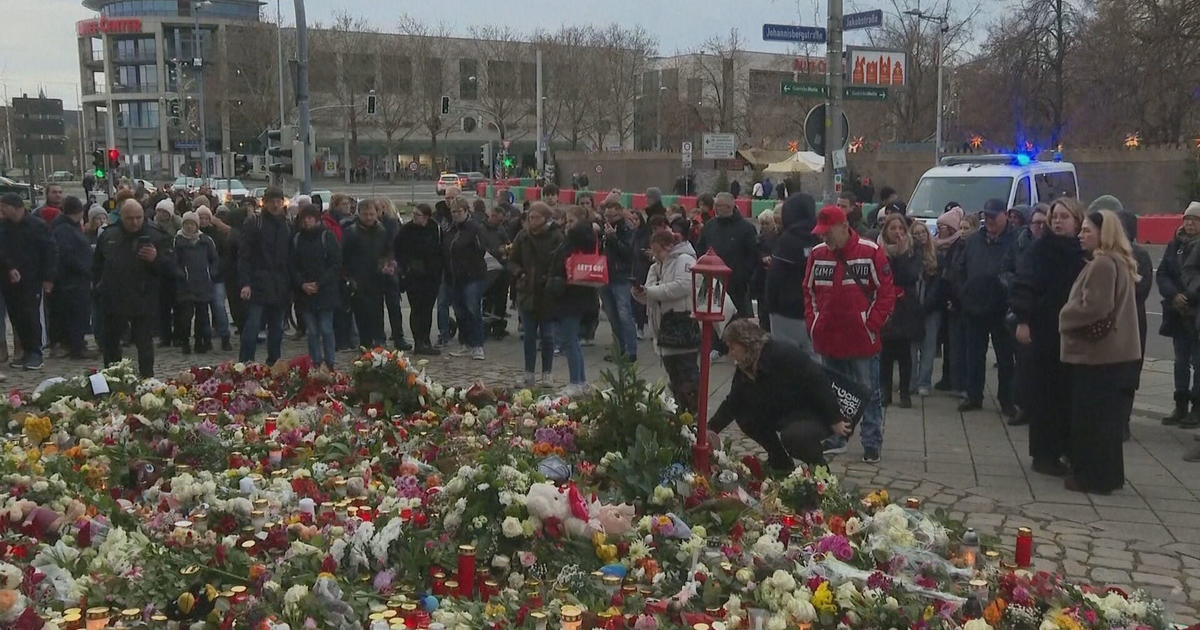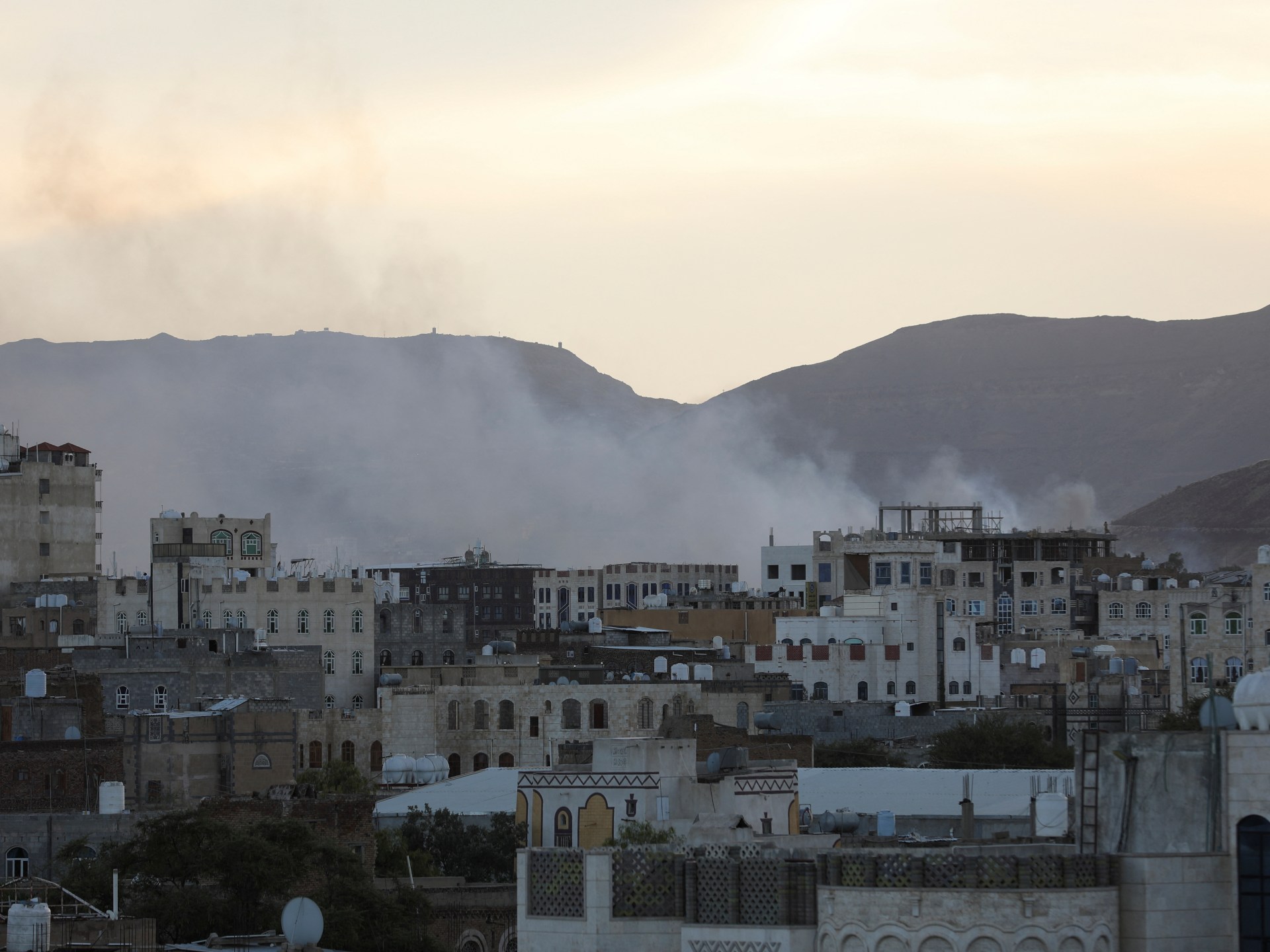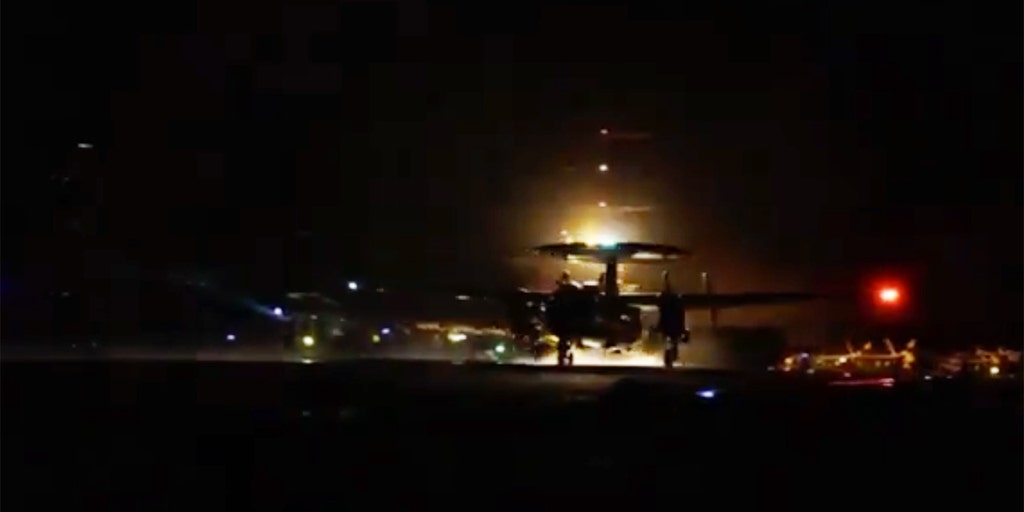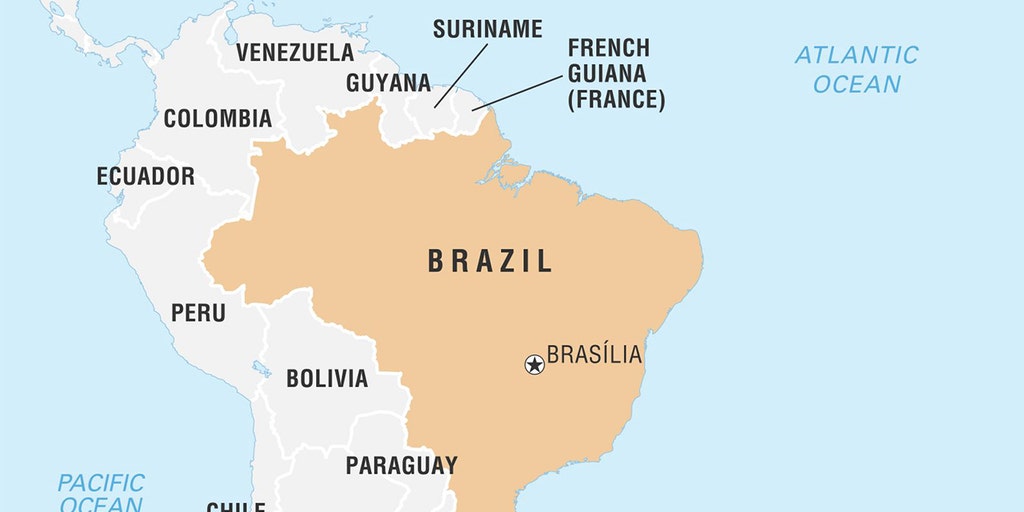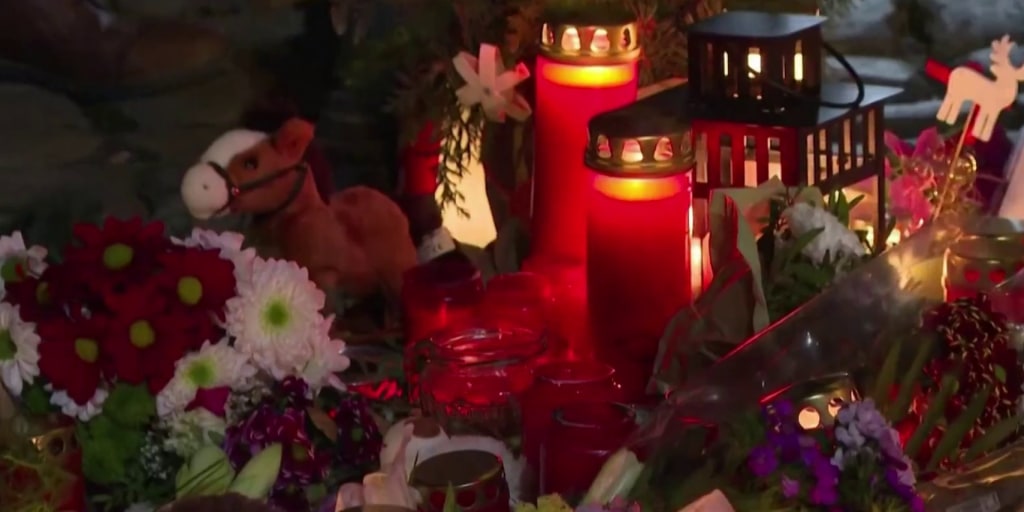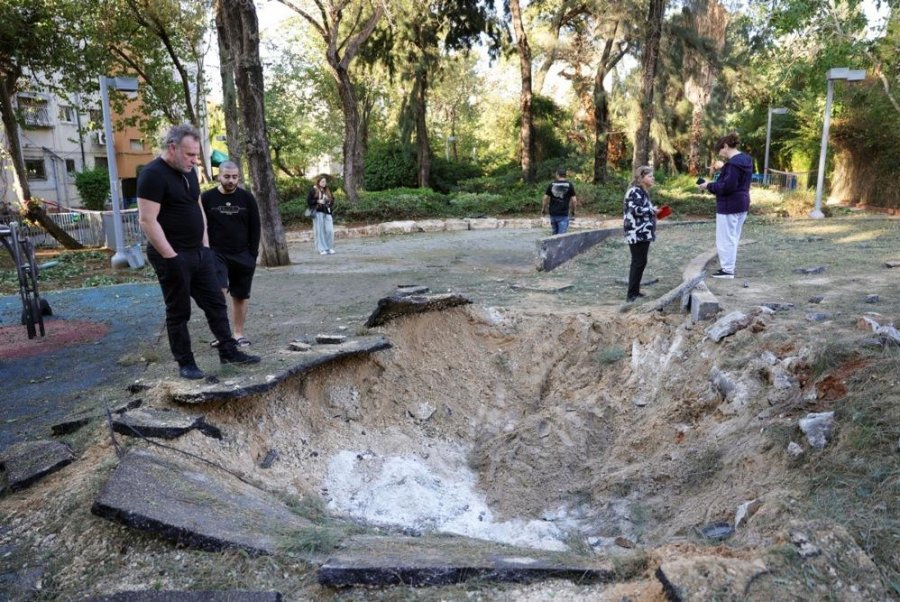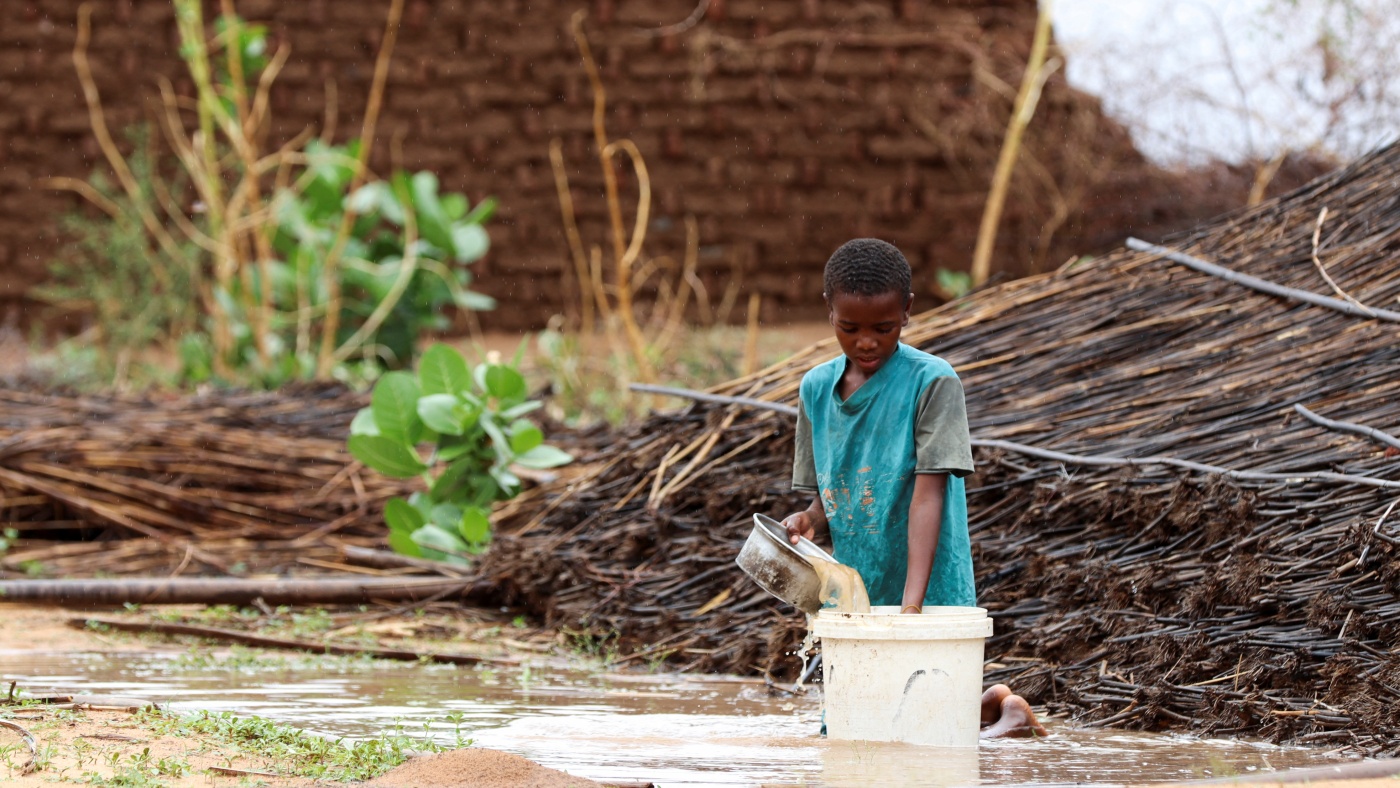Tomorrow may never die, but for the cast and crew of Bond #18, it was like every day would never end. Hit with constant script rewrites, testy stars, filming locations pulled at the last second, and a seemingly impossible release target, Tomorrow Never Dies felt like it was panning out to be the sophomore slump that neither Pierce Brosnan nor the 007 franchise needed. And yet, it actually turned into a pretty damn good movie…decades after its release, that is. Appreciated and more relevant now than ever, Tomorrow Never Dies may not have lived up to standards in 1997, but is today considered a key entry in the Brosnan era. So what went on behind the scenes, and how exactly did it get there? Let’s shake it up as we find out: What Happened to This Movie?!
Tomorrow Never Dies was greenlit before the previous Bond installment, 1995’s GoldenEye, even hit theaters. But this was really no surprise since the Bond films were pretty much coming out in alternating years (except for Connery’s ‘62-’65 run of four movies). But this wasn’t just to pump out another so fast – it was also a strategic move to coincide with MGM’s public offering. With that, Tomorrow Never Dies had a tight deadline. As producer Michael G. Wilson recalled, “After the last film opened, we were given a release date, and ‘gotta have it on this date’ means the studio depends on you to do it.” With the deadline already on the calendar, the team had to be assembled – and what a team it ended up being…

Directing duties would go to Roger Spottiswood – you know, the dude who made Turner & Hooch and Stop! Or My Mom Will Shoot. Granted, he did have a history of editing for Sam Peckinpah, so he was no slouch. Spottiswoode was actually considered for GoldenEye but was passed over for Martin Campbell, who himself was offered the Tomorrow Never Dies gig but opted instead to direct The Mask of Zorro, taking Anthony Hopkins – who was offered the role of Elliot Carver – along with him. One person who would be returning from GoldenEye was screenwriter Bruce Feirstein, although, interestingly, he was not the first choice and would subsequently be fired on multiple occasions… Initially, it seemed like everybody was on the same page, as Feirstein wanted the script “grounded in a nightmare of reality”, while producer Wilson wanted to go for a more small-scale, From Russia with Love-style movie. Unfortunately, the studio – as always seems to be the case – wanted to go big.
Tomorrow Never Dies went through a handful of treatments, one of which – from crime novelist and Oscar nominee for The Grifters Donald E. Westlake – put the setting around the Handover of Hong Kong, the situation that ended British rule. However, MGM reportedly already had a movie centering around that in development; also, by the time Tomorrow Never Dies would have come out, the issue wouldn’t have been timely anymore. Probably a good decision – and the only logical one Henry Kissinger (who served as something of a consultant) ever made. Similarly, another key entity had a say in the script: the Pentagon; the Department of Defense scrubbed a one-liner about the U.S. losing the war in Vietnam. Westlake would use some of this for his novel “Forever and a Death.” Leaving the Hong Kong handover scenario behind prompted a complete change, and at one point, a team of seven writers was assembled to hash out a plan, including Beverly Hills Cop’s Dan Petrie Jr., The Perfect Weapon’s David Campbell Wilson and Mrs. Doubtfire’s Leslie Dixon. Star Trek movie alum Nicholas Meyer also did some rewrites. One of the participants described the weekend as “fun”, which isn’t entirely what you want to hear from someone trying to make a big budget movie on a strict deadline… Oh, and this script that took so many voices and so much time? It wasn’t even complete before the cameras rolled! As Wilson recalled, “We didn’t have a script that was ready to shoot on the first day of filming.” Brosnan – who would have problems even when filming – also noted, “We had a script that was not functioning in certain areas.” Jonathan Pryce – who would be cast as Bond villain Elliot Carver – confirmed that the script he had signed on for wasn’t even close to what he ended up shooting… and not for the better.

Rewrites were constantly being done once cameras rolled. As Feirstein remembered, “I was writing in a tent outside the Bond stage, sending in pages as we were shooting, where Pierce was standing on the deck of the stealth boat, asking ‘Which way do I go? Do I turn left or do I turn right?’ The answer was ‘Wait, we’ll have the pages in a minute.” One person who was comfortable with an unfinished script? Michelle Yeoh was used to working in such a loose way in Hong Kong.
As for the title, one that was being workshopped was Tomorrow Never Lies… but this was actually misread as Tomorrow Never Dies and it stuck!
Also sticking around would be Pierce Brosnan, marking his sophomore outing as 007. Also reprising would be Judi Dench as M, Desmond Llewelyn as Q, and Samantha Bond as Miss Moneypenny. But there would be plenty of newcomers as well. Jonathan Pryce would be mastermind Elliot Carver, whose characteristics have found many comparing him to magnate Rupert Murdoch. However, the actual inspiration is controversial media king Robert Maxwell (whose daughter is Ghislaine, to give you an idea of how messed up that family tree is). This is supported by the parallels between Carver’s reported death and Maxwell’s actual death, having presumably fallen overboard off of his yacht. Stepping into the role of Wai Lain would be Michelle Yeoh, who described her character as “a female version of Bond.” Yeoh was well-known in Hong Kong cinema, especially in action flicks. Through this, extra fight scenes were worked in to capitalize on her skills. Unfortunately, Yeoh wasn’t permitted to do her own stunts despite her request. The other key female role – Paris Carver, wife of Elliot – would be played by Teri Hatcher, beating out Sisters star Sela Ward, Daphne Deckers (who ended up getting a sort of consolation role), and even Monica Bellucci, who Brosnan tested with. (Bellucci would eventually get her Bond moment in 2015’s Spectre, playing Lucia Sciarra.) Hatcher was actually pregnant at the time of filming, which may have been part of the reason why she later claimed she had zero satisfaction from playing the role. She, too, was just coming off of the final episode of The New Adventures of Superman, which wrapped the same week Tomorrow Never Dies started filming.
The supporting cast would feature Götz Otto as tough Richard Stamper, famed magician Ricky Jay as cyber specialist Henry Gupta and the great Vincent Shiavelli as assassin Dr. Kaufman.

Amid studio pressure to hit that target opening date, tabloids declaring the movie was already behind schedule and the unfinished script putting a cloud over the production, principal filming on Tomorrow Never Dies began in April 1997, after a few months of second unit to capture the awesome opening sequence in the French Pyrenees mountain range (initially set in Transylvania!), shot earlier that year under the guidance of Superman and Indiana Jones stuntman Vic Armstrong. Other locales used included Portsmouth, Hampshire, England; Suffolk; Buckinghamshire; Phang Nga Bay off of Thailand; Hamburg; and…Florida. Water sequences used the same tank that James Cameron did for TITANIC, while more filming was completed at England’s famed Pinewood Studios – fittingly, on the dubbed “007 Stage” – and Elstree Studios. One studio they couldn’t land, however, was Leavesden because George Lucas had set up shop there with The Phantom Menace. Hey, MGM’s $110 million budget only had so much pull… Another forbidden location would be in Ho Chi Minh in Vietnam. There were plans to film here but this fell apart when the production was deemed too big for the locale – or that the depiction of Communism wasn’t exactly flattering, depending on which side you want. With every secured location – pegged to be around one-third of the movie – officially off the table, the team had to come up with something – and fast. With that, these scenes were moved to Bangkok, Thailand.
One of the best scenes in Tomorrow Never Dies comes in the motorcycle chase. Coming off of the tank chase in GoldenEye, you’d think the studio would want to go even bigger. Instead, the crew would go much smaller and slimmer… while also taking advantage of their sponsorship with BMW, with that car manufacturer taking over for Aston Martin. (This wasn’t the only notable replacement, as Bond swaps out his favorite Walther, the PPK, for a P99 here.) The model of BMW motorcycle used – the R12000C – had 15 made available, 12 of which were completely wrecked. For these scenes, Jean-Pierre Goy stood in as chief stuntman, while stuntman Vic Armstrong’s wife actually served as Michelle Yeoh’s stand-in. In July, Brosnan got whacked in the face with someone’s motorcycle helmet during a key scene, requiring eight stitches. This is just one of the many reasons that Brosnan said making Tomorrow Never Dies was “like pulling teeth.” The car chase, meanwhile, brought a different kind of intention altogether, as the local fire brigade was called on the production by some people who weren’t hip to the filming of Tomorrow Never Dies.
So, yes, Tomorrow Never Dies had its issues going on. One crew member was quoted saying, “I don’t see how we are ever going to finish the thing. All the happiness and teamwork which is the hallmark of Bond has disappeared completely. We have got ourselves locked into an impossible situation, the like of which I have never witnessed in more than 30 years in the industry.” Another said, “What we are getting is an awful mishmash with changes virtually every day. The actors don’t know if they are coming or going. Pierce, to his credit, has remained calm about the whole thing, as has his co-star Michelle Yeoh. They are there until the end and have to make the best of it.”
Enter Dame Judi Dench, who said:“It was very off-putting indeed to have learnt the script, and at a quarter to ten the night before to get a loud knocking on the door by the courier with a new script.” Even Pierce Brosnan and Teri Hatcher had a brief clash when the latter showed up late to set, causing Brosnan to totally erupt…only to later find out she was late because she was pregnant.
Stitches, baby bumps, and scrambled scripts aside, production on Tomorrow Never Dies wrapped in September 1997, three months before its mandated release date.

The music of the James Bond series is some of the most famous in all of cinema. Knowing that none other than John Barry was approached to return for the first time since 1987’s The Living Daylights, but he and the studio couldn’t reach a financial agreement, and to this day, that Timothy Dalton outing remains his final Bond score. Instead, Barry recommended David Arnold of Stargate and Independence Day fame. For his approach, Arnold wanted to give an update to Barry’s iconic music, composing with “one foot in the ‘60s and one foot in the ‘90s”, writing the music on and off from April to October. Arnold would also put out the compilation “Shaken and Stirred”, which gathered the likes of Aimee Mann, Chrissie Hynde, Iggy Pop, and Pulp to do covers of classic Bond songs. Sheryl Crow, who earned Grammy and Golden Globe nominations, would be handling the title song. Elsewhere, Moby gave an “update” of the iconic James Bond theme, and a k.d. lang song plays over the end credits.
Tomorrow Never Dies would have its world premiere on December 9th, 1997, and its wide release on December 19th, debuting with $25.1 million behind Titanic, although it was only edged out by about $3 million. It would hold the #2 position for a couple more weeks, swatting off various newcomers like As Good as It Gets, Jackie Brown, and An American Werewolf in Paris. Worldwide, it had a haul of $339.5 million, slightly under its predecessor, GoldenEye, and the next Bond entry, The World Is Not Enough.
Just like it Tomorrow Never Dies couldn’t match GoldenEye at the box office, it didn’t sit as well with critics, either. Today, it holds 57% on Rotten Tomatoes, with praise justly going to the action sequences but the movie being panned for being too “by-the-numbers.” Even still, the reputation of Tomorrow Never Dies has improved in the 25+ years since its release. It’s actually considered one of the more prescient of the Bond films, with provisioned takes on web hacking, foreign tech, and the spreading of misinformation/lies (especially as propagated by mainstream media) – and how it could all play a part in how modern wars can launch. And this wasn’t even the most grim Bond!
For now, we do know one thing: James Bond will return in… a future episode of What Happened to This Movie?!
